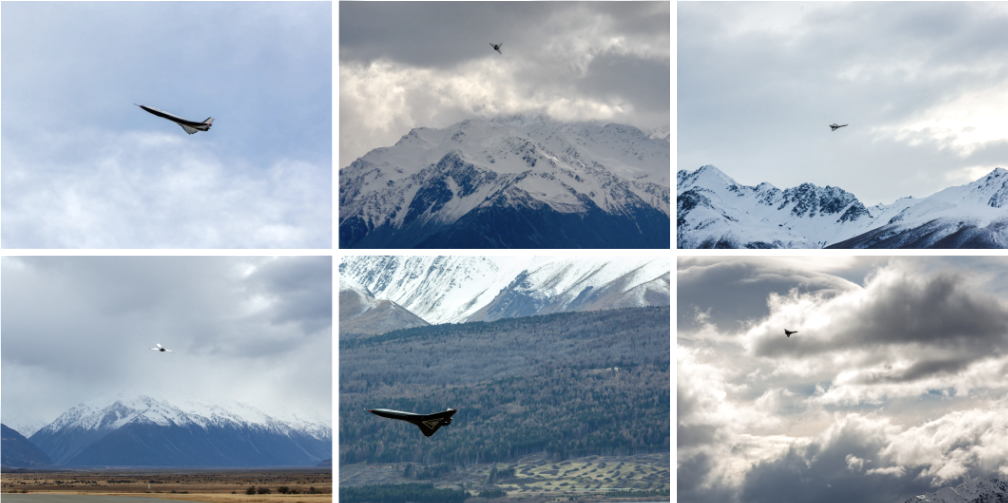
Dawn Aerospace has now conducted five flights of the company’s Mk-II Aurora suborbital spaceplane — the flights were to assess the airframe and avionics of the vehicle and were conducted using surrogate jet engines.

The campaign was run from Glentanner Aerodrome in New Zealand’s South Island. Taxi testing commenced in early July and five flights occurred between the 28th and 30th of July and reached altitudes of 3,400 feet.
Dawn is creating reusable and sustainable space technologies – suborbital and orbital rocket-powered planes – that operate much like a fleet of aircraft, taking off and landing horizontally at airports. Mk-II is a suborbital plane designed to fly 100 km above the Earth and aims to be the first vehicle to access space multiple times per day.
The vehicle serves as a technology demonstrator for the two-stage-to-orbit-vehicle, the Mk-III. Mk-II will also be used to capture atmospheric data used for weather and climate modelling, and to conduct scientific research and technology demonstrations.
On December 9, 2020, Dawn announced the New Zealand Civil Aviation Authority (CAA) had granted Dawn a certificate to fly Mk-II Aurora spaceplane from a conventional airport without exclusive airspace restrictions. Dawn tests various vehicles and systems in a number of locations across New Zealand’s South Island, and has agreements in place with a number of potential launch locations globally – the view is to one-day emulate the aviation-industry’s model and, in doing so, provide unprecedented access to space; operating globally with key hubs across the world.
Initial testing was conducted using surrogate jet engines. The Mk-II will be fitted with a rocket engine that is already in the later stages of testing. This will unlock higher performance for supersonic and high-altitude testing of the vehicle.
“Dawn are focussed on sustainable and scalable access to space and our Mk-II vehicle is entirely reusable,” said Stefan Powell, CEO. “The team have successfully captured extensive data enabling further R&D on the capability of Mk-II. I’m hugely proud of our engineering team for designing and building a vehicle that flies beautifully first time and just as predicted. We are delighted with the results and demonstrating rapid turnaround – we conducted five flights within three days, and two flights occurred within ninety minutes of each other. We were successful in demonstrating our ability to integrate with other airspace operators. Fixed-wing aircraft and local helicopter companies continued their operations unaffected. It’s fantastic being part of the Glentanner Aerodrome community. Viewing opportunities will be publicly notified in future, but for now we’re allowing our operational team to focus on the important task at hand.”
